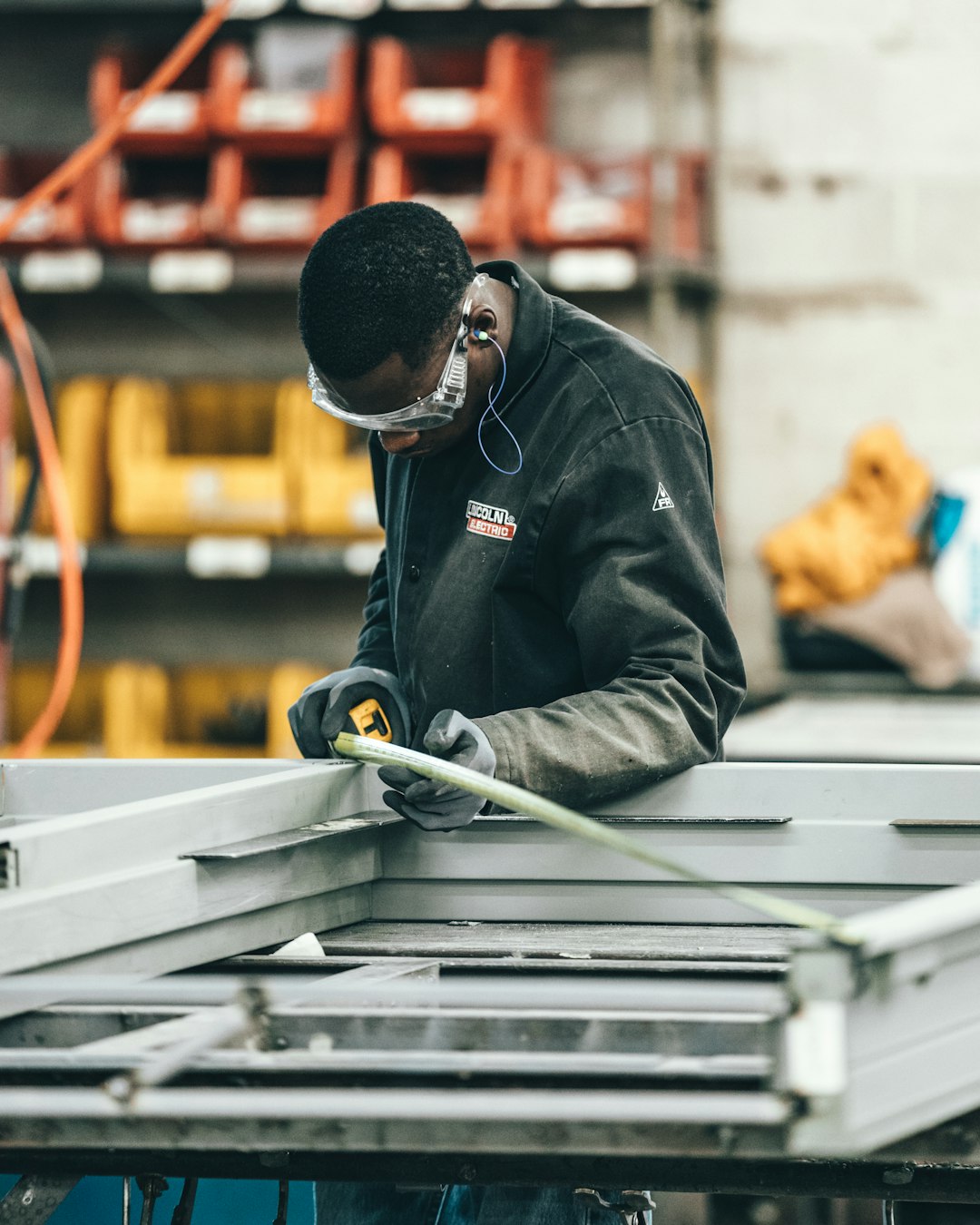Air Compressor Installation: A Step-by-Step Guide
Installing an industrial air compressor is a meticulous task that demands precision and expertise. Whether you’re setting up a new facility or upgrading your existing system, understanding the fundamentals of air compressor installation is crucial. In this comprehensive guide, we’ll walk you through the essential steps, ensuring optimal performance, efficiency, and safety.
_____________________________________________________________________________________

Step 1: Choose the Right Location
The first step in installing an air compressor is selecting the correct placement. Consider the following factors:
- Noise Levels: Choose a location away from sensitive areas or offices to minimize noise disruption.
- Ventilation : Opt for a well-ventilated area to dissipate heat generated during operation.
- Accessibility : Ensure easy access for air compressor repairs and maintenance.
- Proximity to Electrical Outlets : Position the compressor close to electrical sources to avoid long cable runs.
Step 2: Prepare the Foundation
Before installing the air compressor, ensure that the foundation is:
- Level : A stable base prevents vibrations and misalignment.
- Sturdy : Capable of supporting the weight of the equipment.
- Concrete Pad or Sturdy Floor : Ideal for stability.
Step 3: Connect the Power Supply
Next, connect the air compressor to a suitable power supply:
- Follow the manufacturer’s instructions and local electrical codes.
- Use a dedicated circuit with the correct voltage and amperage rating to avoid overloading the electrical system.
Step 4: Install the Air Intake Filter
Proper air filtration is crucial for the longevity and efficiency of your air compressor:
- Install an air intake filter to prevent dust, debris, and contaminants from entering the compressor.
- Ensure that the filter is easily accessible for regular cleaning or replacement.
- Failing to install the air intake filter correctly can lead to severe consequences. Without proper filtration, airborne contaminants may enter the compressor, causing increased wear on internal components, reduced efficiency, potential damage to compressor elements, and compromised air quality in downstream applications
Step 5: Set Up the Pressure Regulator and Safety Valve
Proper air compressor installation ensures optimal performance, longevity, and safety. By following these steps meticulously, you’ll set the stage for a reliable and efficient compressed air system. Remember, attention to detail now pays off in the long run.
Conclusion
Proper air compressor installation ensures optimal performance, longevity, and safety. By following these steps meticulously, you’ll set the stage for a reliable and efficient compressed air system. Remember, attention to detail now pays off in the long run.